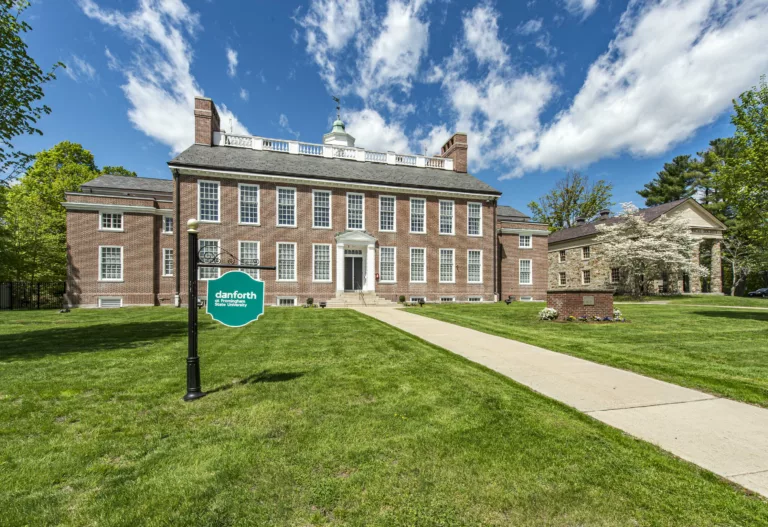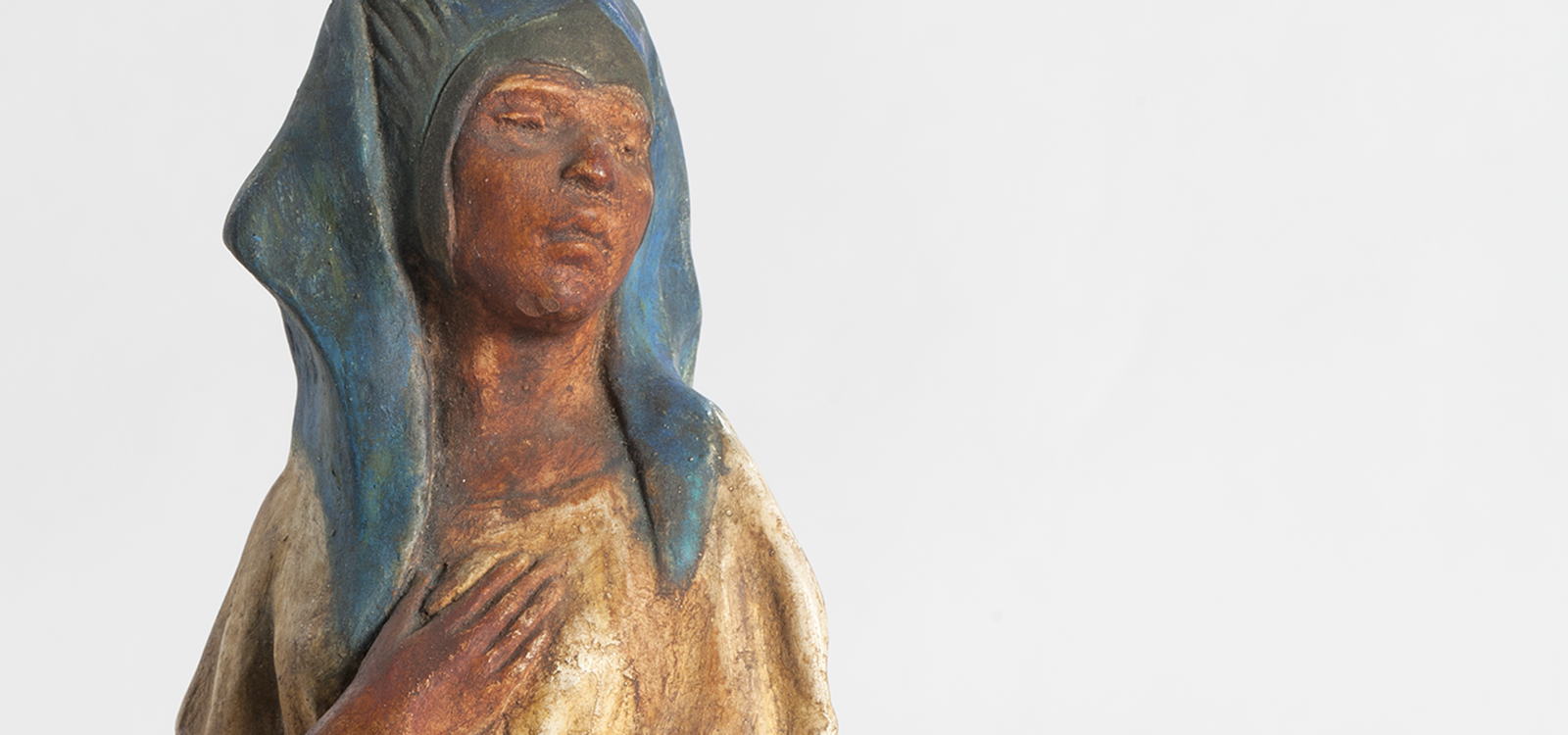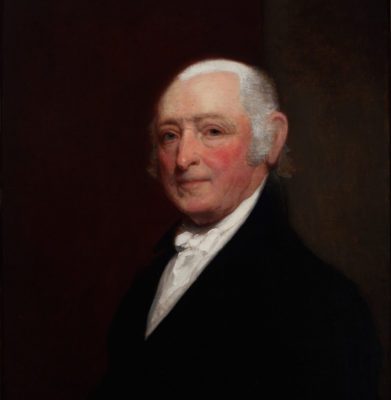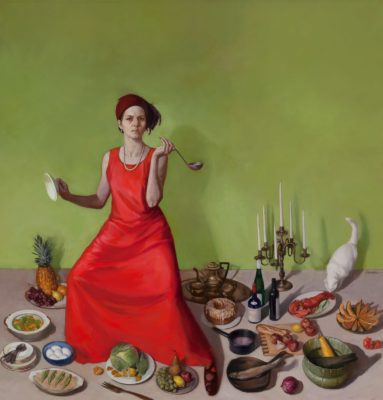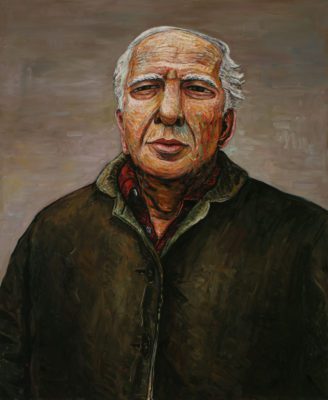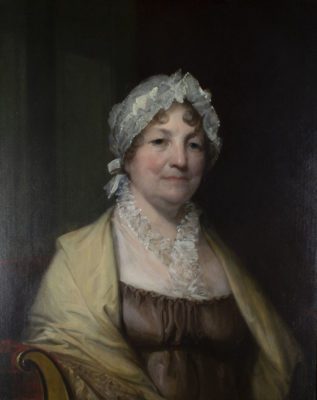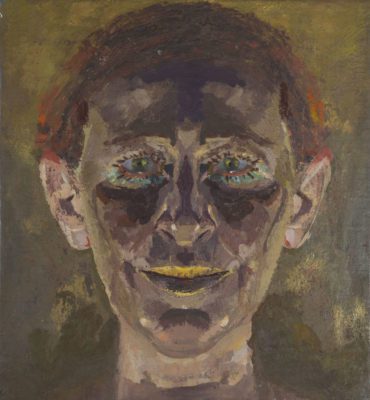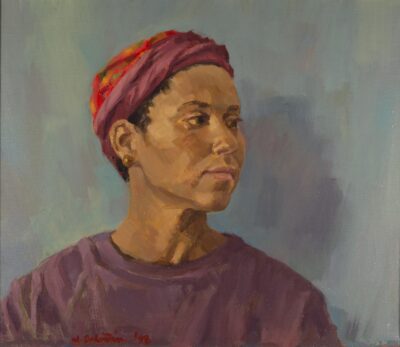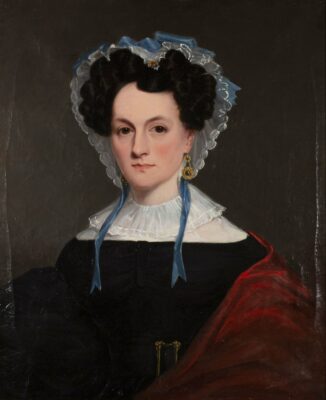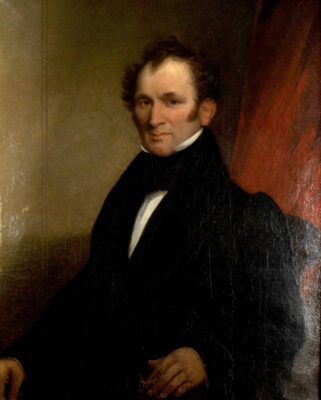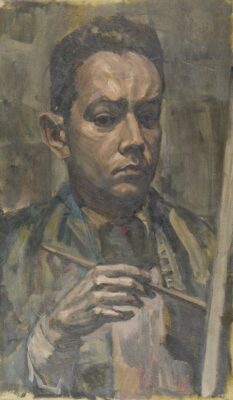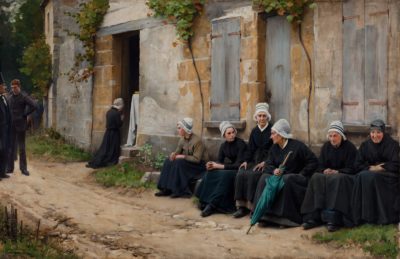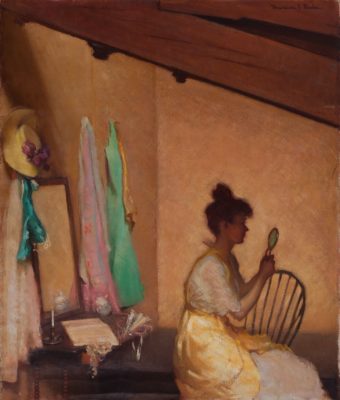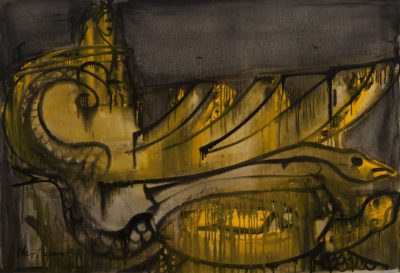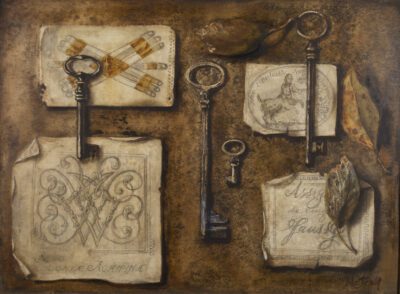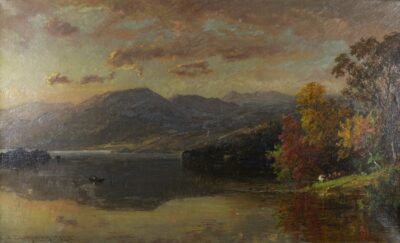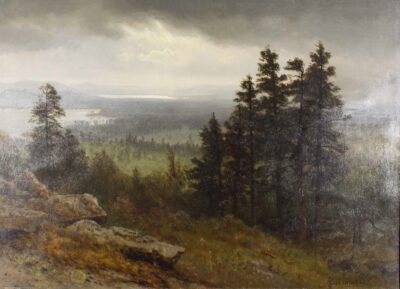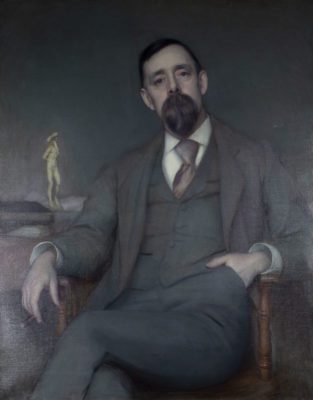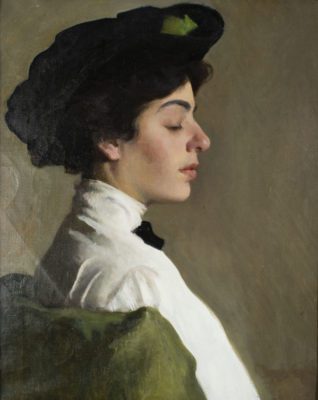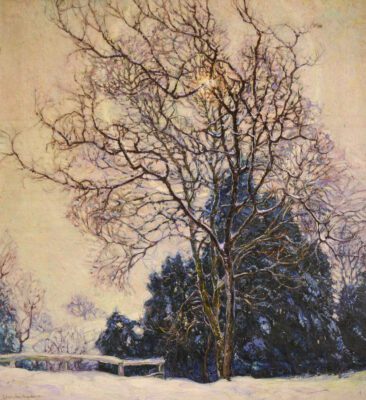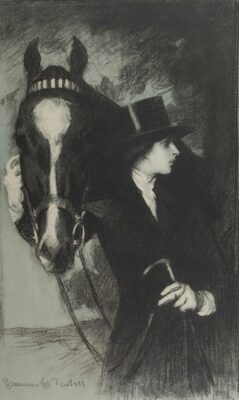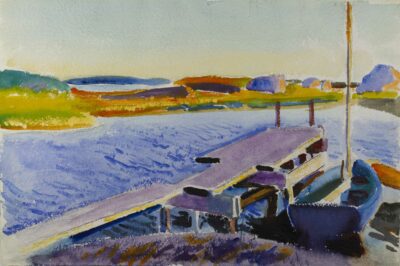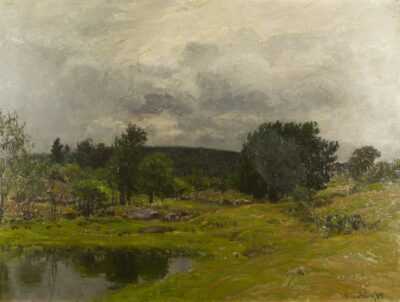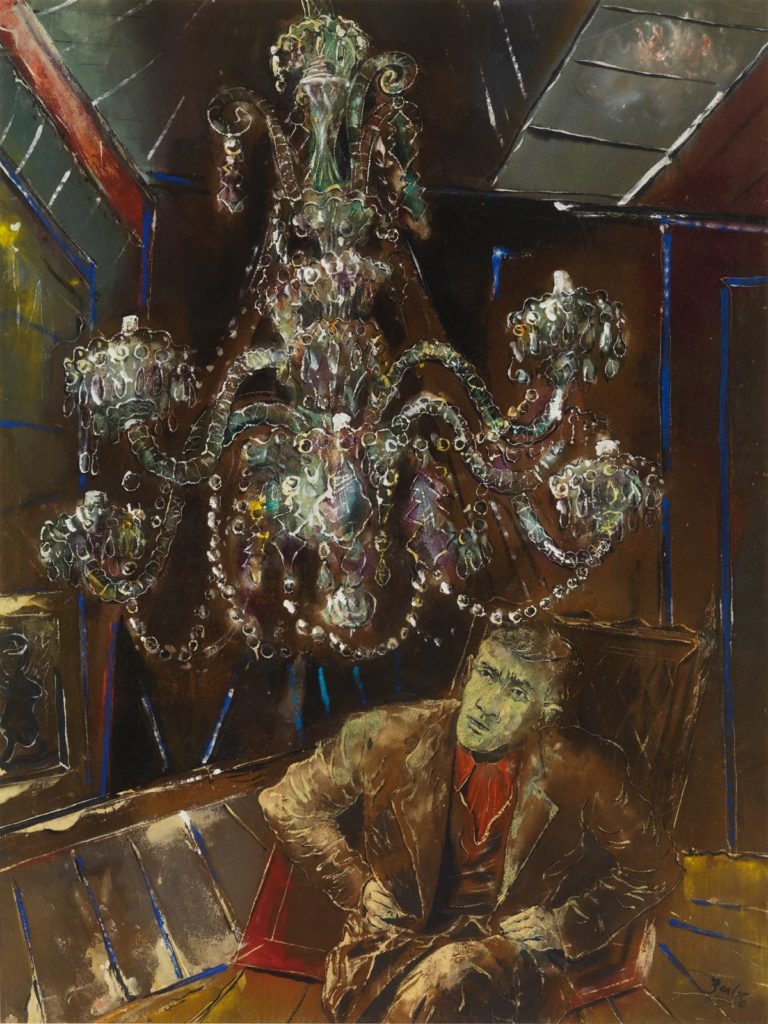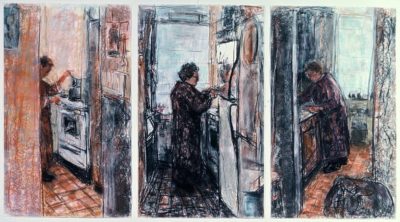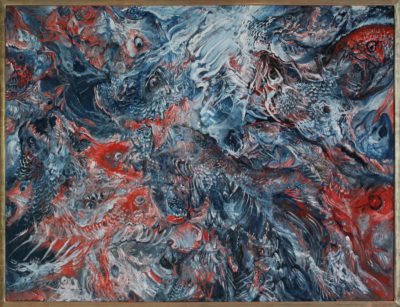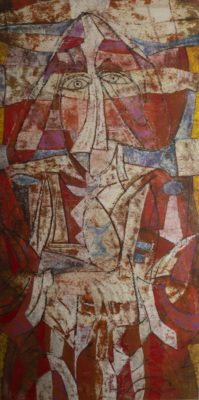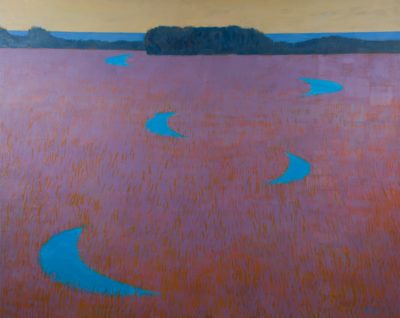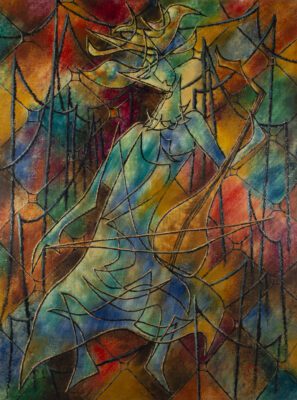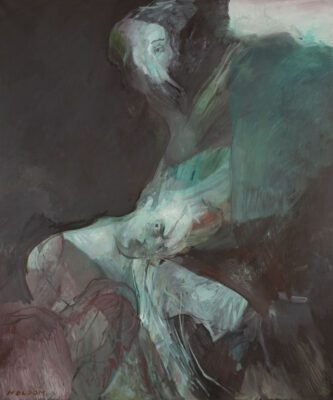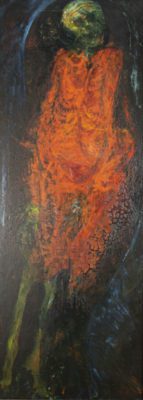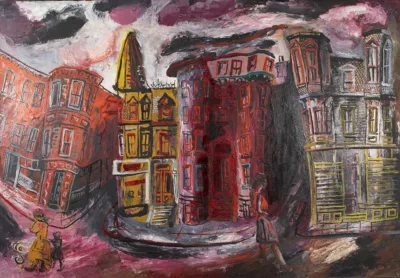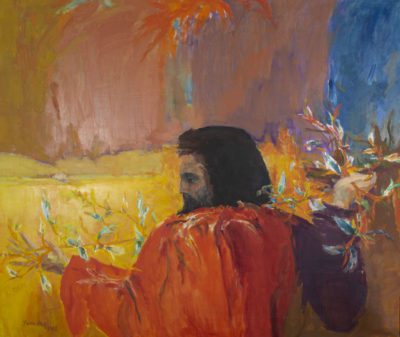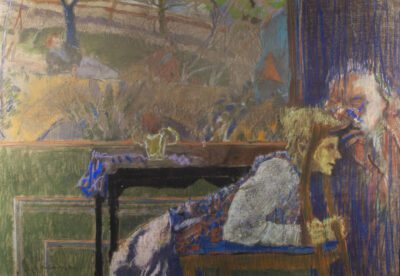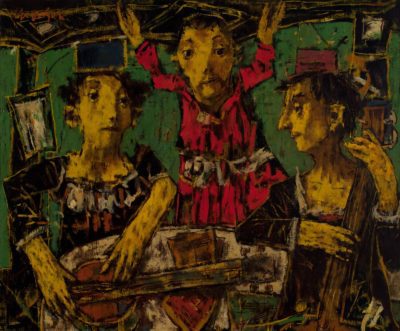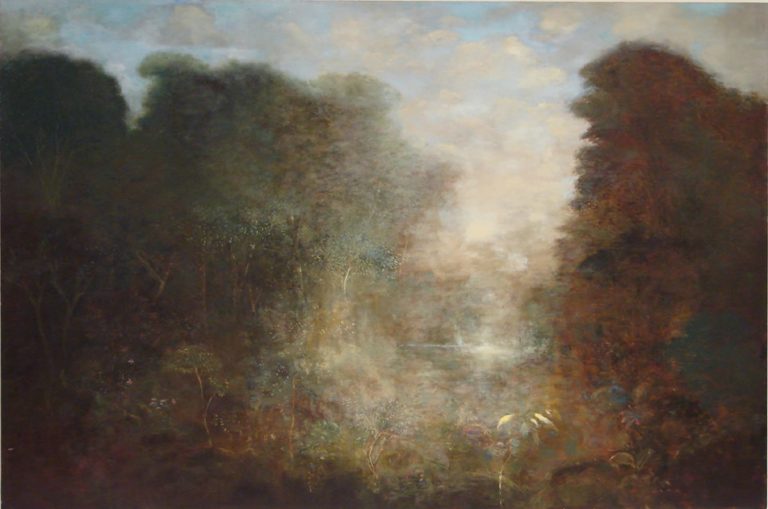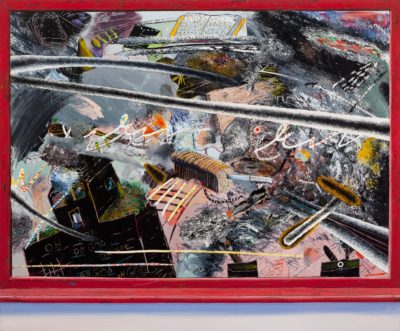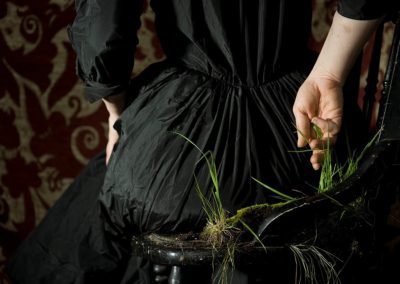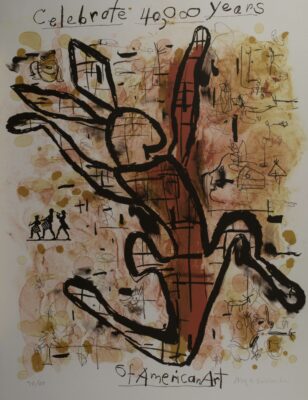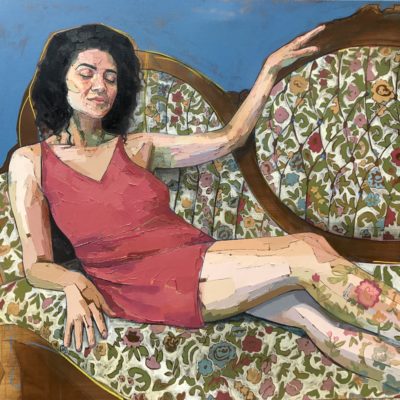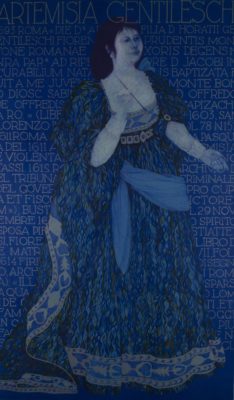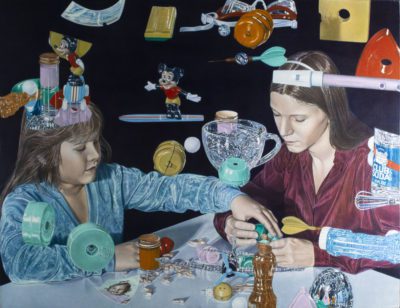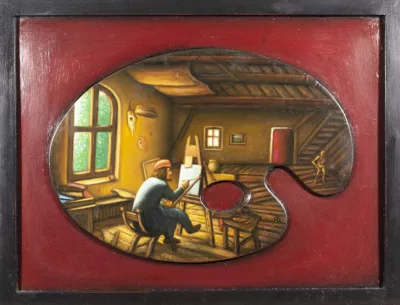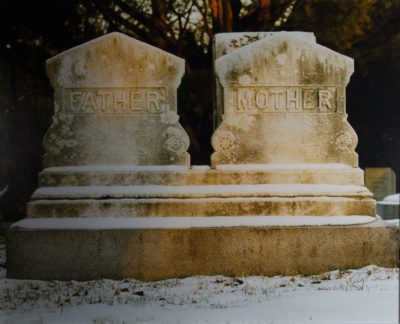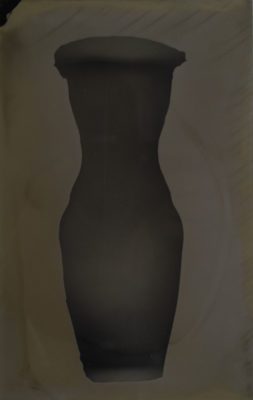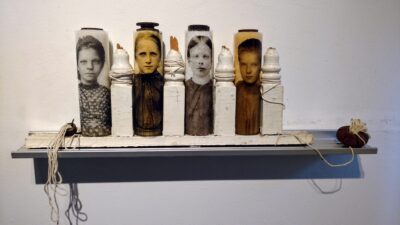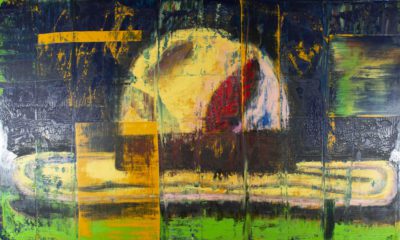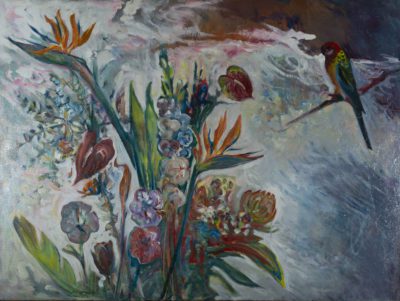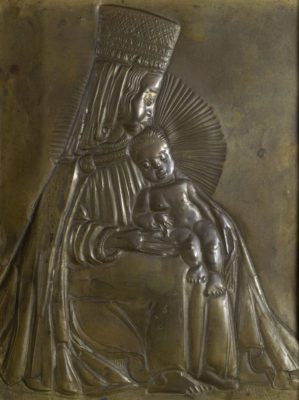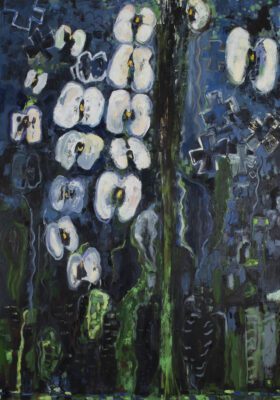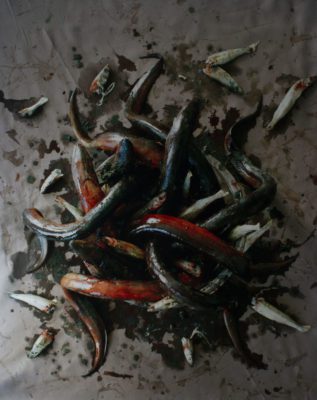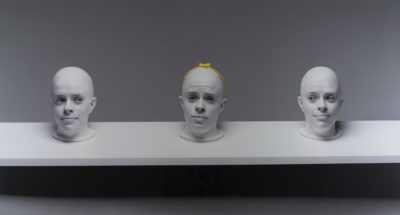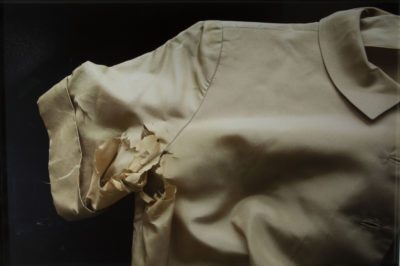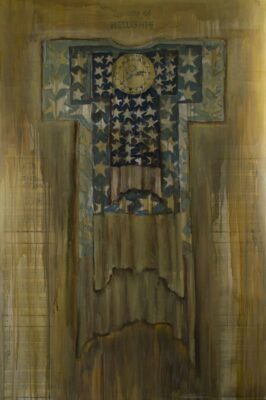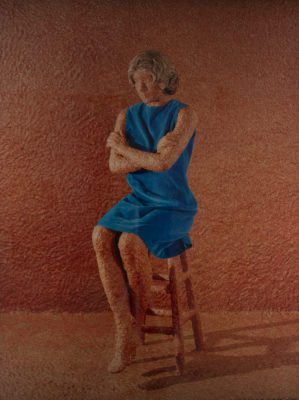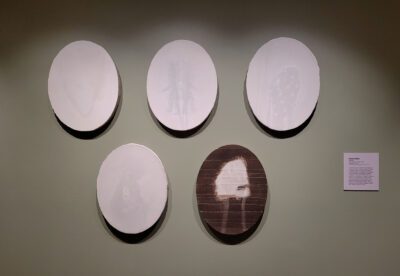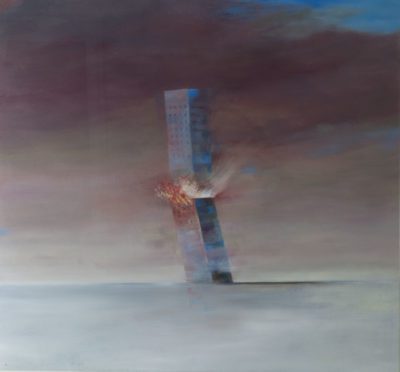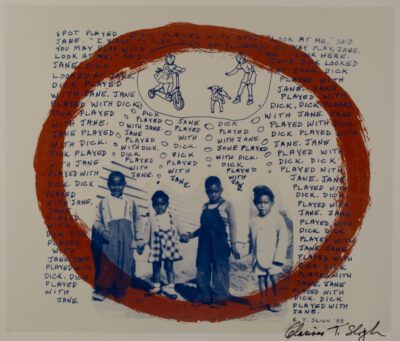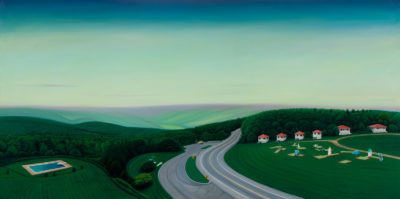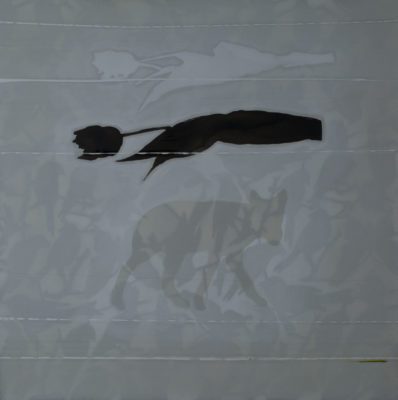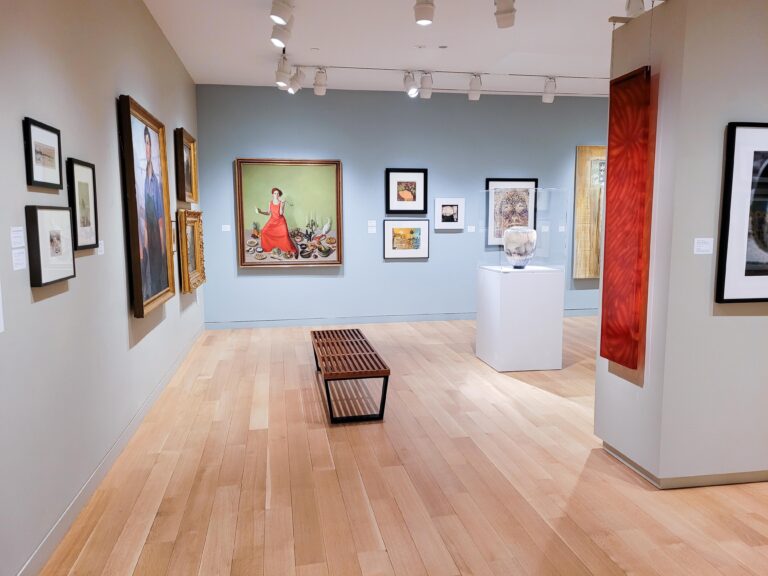browse our collection
Danforth Art Museum’s mission is to collect, document, preserve, display, and interpret original works of art and the resources in its care in order to uphold and advance the academic goals and core values of Framingham State University and to enrich the community at large. The museum seeks to educate and inspire students, faculty, and the public through access, engaging exhibitions, and educational programming.
The collection includes familiar names from American art history as well as significant holdings of contemporary regional art from both established and emerging artists.
Below, explore a selection of these works more deeply in this online gallery. For more information about the work, please click on the thumbnail version of the artwork below to open a page from our collections database.
Figuration in American Art
Representations of the figure, particularly through formal portraits, are laden with symbolic meaning. Throughout art history, elements such as pose, costume, and background served as key components in decoding figural representation. Solemnity in pose or elaborateness of dress was meant to convey history, class status, and, more personally, character. Works by Gilbert Stuart, Marie Danforth Page, Gerrit Beneker, and other collection artists from the nineteenth century to the present day depict the myriad ways in which monumentality in figuration can be deployed to create a social identity.
New England Academic Traditions
Boston was a rich cultural capital at the turn of the twentieth century, yet it was also a city that struggled with modernism. However, artists of The Boston School could be both vibrant and progressive, and their work mirrored the time in which it was created. Both the women and men who studied at the School of the Museum of Fine Arts used intensive figure studies to help establish a distinctive style that positioned Boston as a city wavering on the cusp of the modern era. While some artists were more eager for change than others, creating a truly modern art in New England worked a circuitous path before blossoming in a number of new and expressive manifestations. Perhaps surprisingly, one of the places where the historical and the modern met was through the landscape. Works by artists known as The Boston Five reference a more unsettled, and modern, landscape view.
Painting in Boston
Boston Expressionism, a movement defined by an attention to figural abstraction, was deeply rooted in early twentieth-century symbolism and expressionism in Europe. Working in Boston from the late 1930s through the 1950s, many of these artists studied under Karl Zerbe at the School of the Museum of Fine Arts, although multiple generations of artists working in this expressive vein have followed. Boston Expressionists embraced different aspects of expressionism—the social, the religious, the mystical—but all found commonality in the need to convey a personal and emotional reaction through expressive mark-making. At a time when abstraction was the dominant trend in the art world, these artists retained an element of the figure in their work, using the figure as an expression of the struggle with identifying and codifying an artistic identity.
Contemporary, Regional Art
Danforth Art is committed to the work of contemporary regional artists, and is proud to be the home for the Annual Juried Exhibition and the New England Photography Biennial. The museum has significant holdings across media from artists who worked to shape a vibrant artistic tradition in and around Boston, and those who are actively engaged with the art scene throughout New England. Their works reference art historical traditions while remaining boldly contemporary.
Donate to the Danforth — Your support helps fund exhibitions, programs and scholarships.
